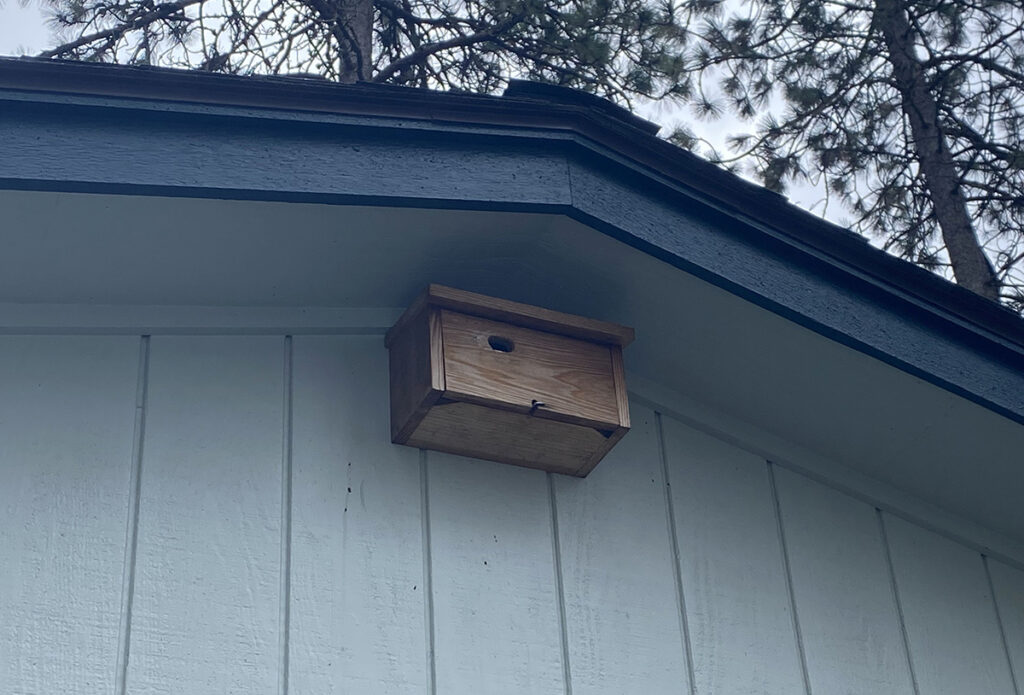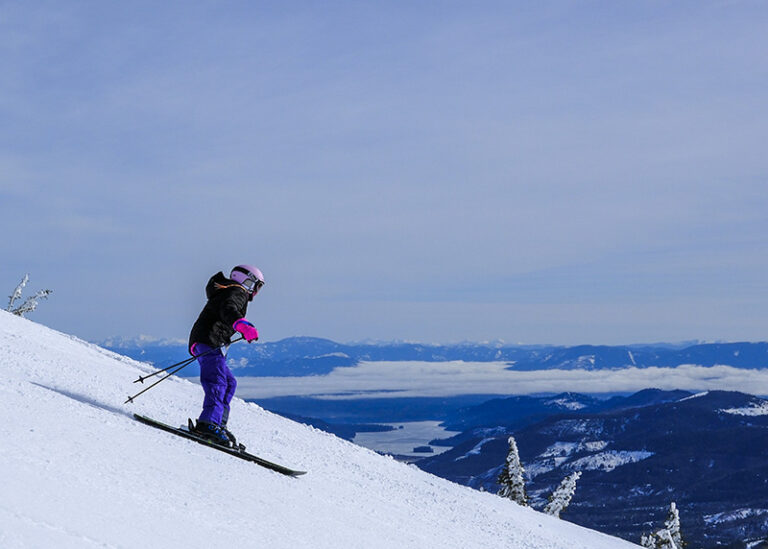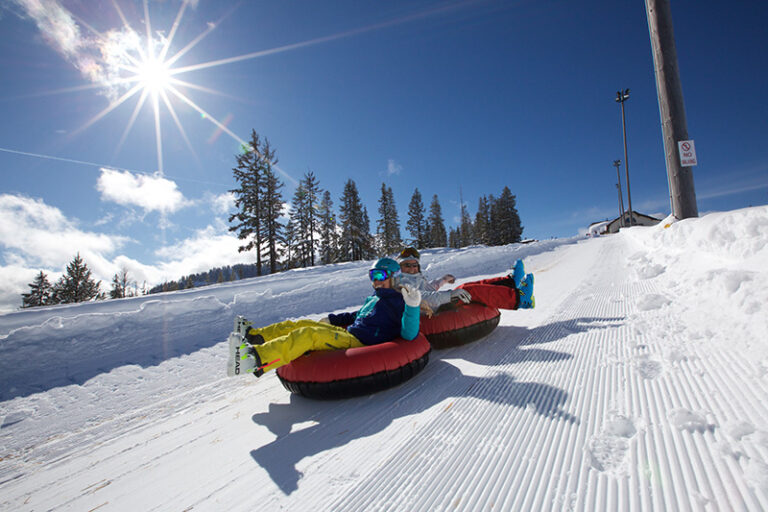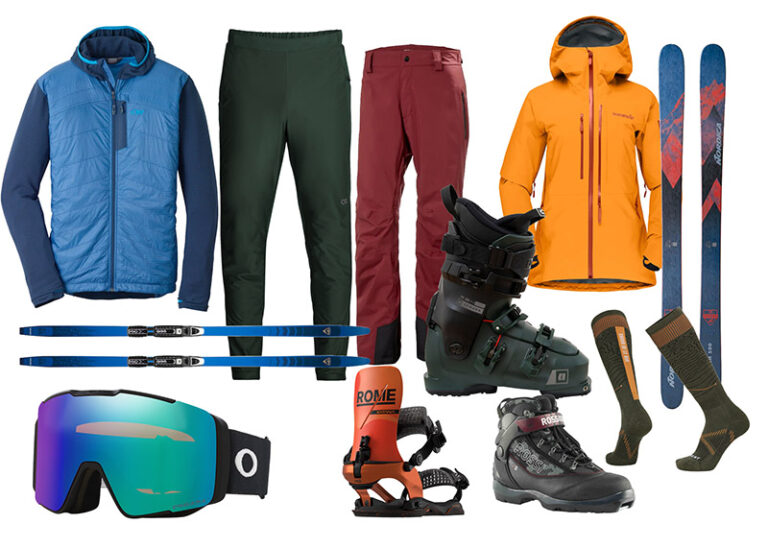Cover photo courtesy Alan McCoy
For those who don’t know, birds are in trouble. In 2015, the Annual Review of Ecology, Evolution and Systematics estimated that 234,000 birds are killed annually by wind turbines, another 6.6 million by communications towers, a whopping 659 million by building collisions (think window strikes) and an astonishing 2.4 billion, with a “B,” by cats. Annually. As dire as these numbers are, each of us can help by building bird sanctuaries in our yards. In the process, some of us just might become birders.
According to Alan McCoy, president of the Spokane Audubon Society, “The key thing for anybody wanting to attract birds is to make your yard safe for birds.” If you are a cat owner, keep the cats inside. When it comes to neighbor cats, if you can’t fence them out, consider motion activated sprinklers, prickly scat mats, or crumpled wire fencing where cats might like to hide, such as under shrubs where they are also hidden from view.

A second part of creating a safe space is to minimize window strikes by making windows visible to birds. One approach is to string monofilament (think fishing) line spaced three inches apart running the length of the window. Birds see this and it will only minimally affect your view, if at all. Another option is to drape more visible parachute cord the length of the window, spaced every four inches. Stickers are another option, mostly for smaller windows, as they need to cover the window and be spaced no more than two inches apart. More elaborate options include acid etching and ceramic frit.
Preventing cat predation and window strikes will save countless birds. McCoy says “For me, if I can contribute by just saving a few birds, multiply that by the millions, tens of millions, hundreds of millions of [people doing the same], that’s a lot of birds.”
Once the dangers have been addressed, birds need water. McCoy says that providing water is more important than providing food, especially in the fall when the ground is drier. It can be as simple as a birdbath, but if it’s a pond, you’ll want it to be deep enough for fish so the standing water doesn’t become a mosquito incubator.
When it comes to attracting and feeding birds, it’s all about the bugs. McCoy says, “Attract pollinators. Even seed eaters will eat insects. Hummingbirds in particular are insect eaters. The more native plants, and less lawn, the better. That’s what really supports the birds.” And, he adds, no toxins to kill bugs! If there are no bugs to eat, the birds won’t stay. McCoy suggests following the advice of Doug Tallamy, co-founder of Homegrown National Park, and to turn your yard into a Homegrown National Park, planting gardens that support life and feed pollinators.

If you are going to put up birdhouses, McCoy says rule number one for those living in the city is an entry hole no larger than 1-¼ inches. This will keep out house sparrows and starlings, two of the more aggressive breeds that will drive away other songbirds. Rule number two is no perches outside the entry hole, because predator birds will perch there and reach into the cavern and harass or kill the birds that have set up housekeeping.
So, if you want more birds in your yard, it’s safety first. Water second. Food and shelter third. Then start watching the birds that visit, and, who knows, you may become a birder.
Bradley Bleck is happy to feel the warmth of the sun on his skin again. He last wrote about the Climb for the Cure gravel bike race in the March/April 2024 issue of OTO. Bradley teaches English at Spokane Falls Community College and really, really, really loves Spokane.













